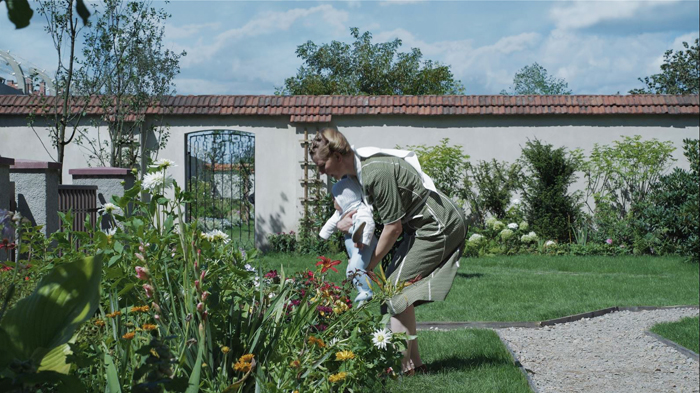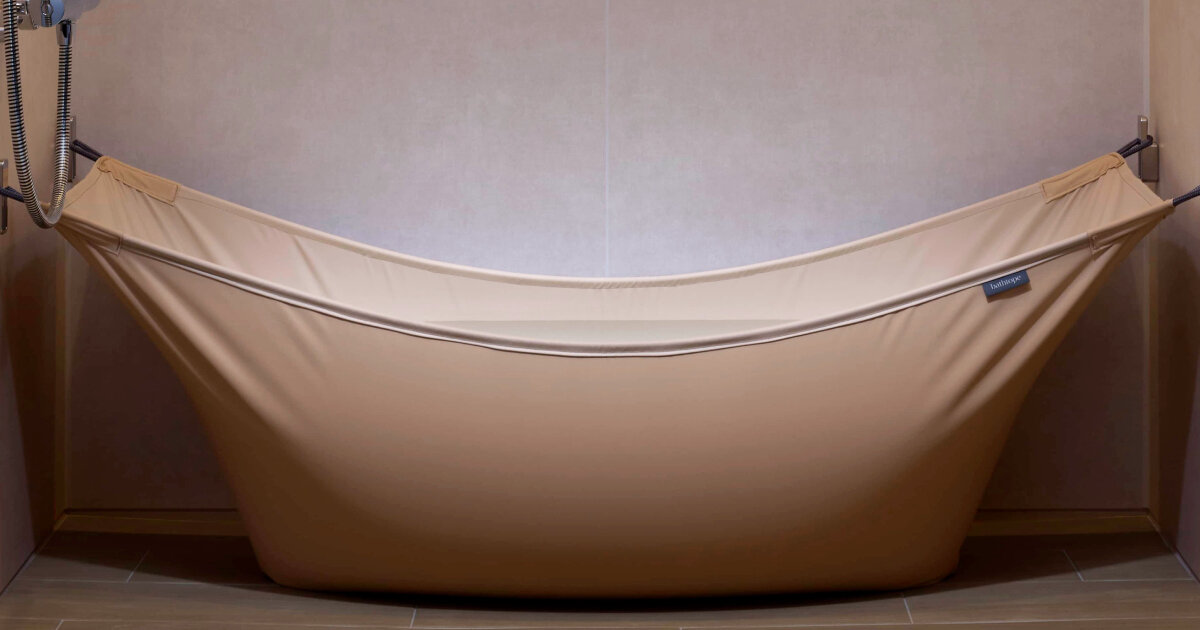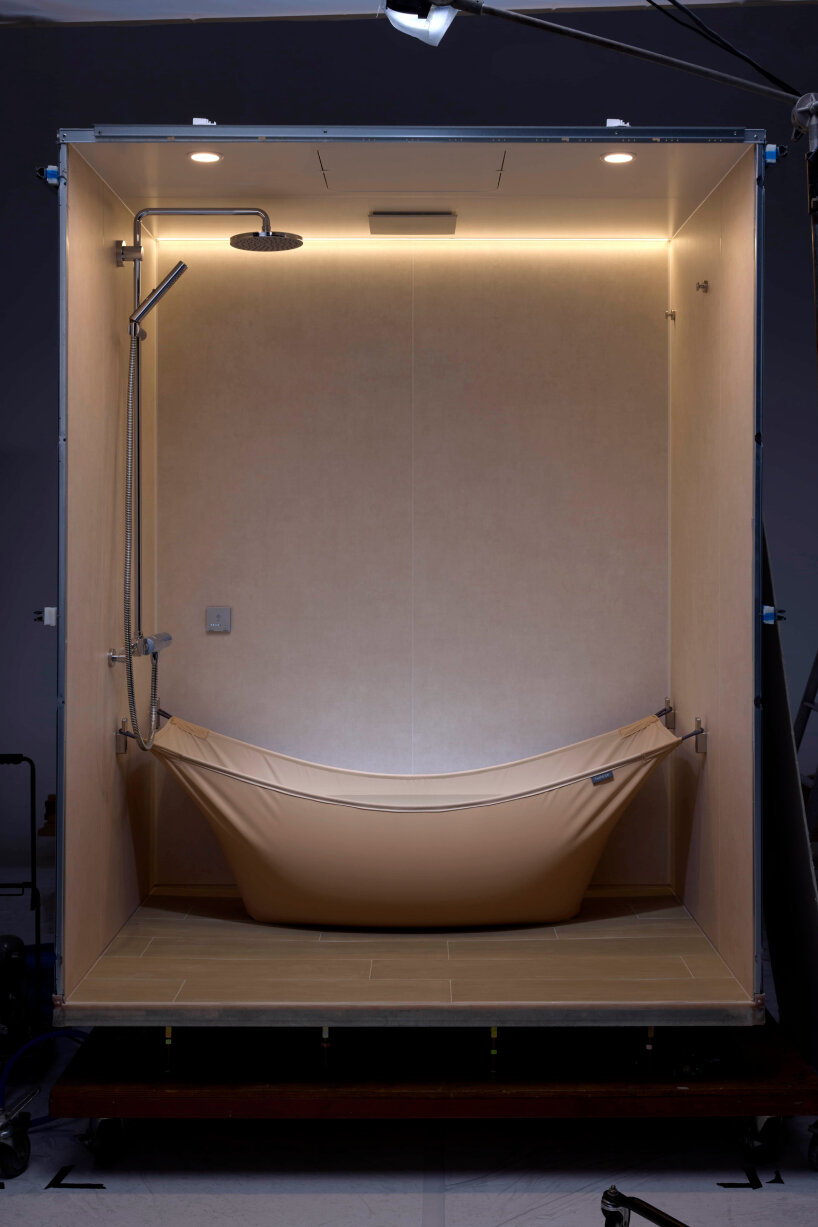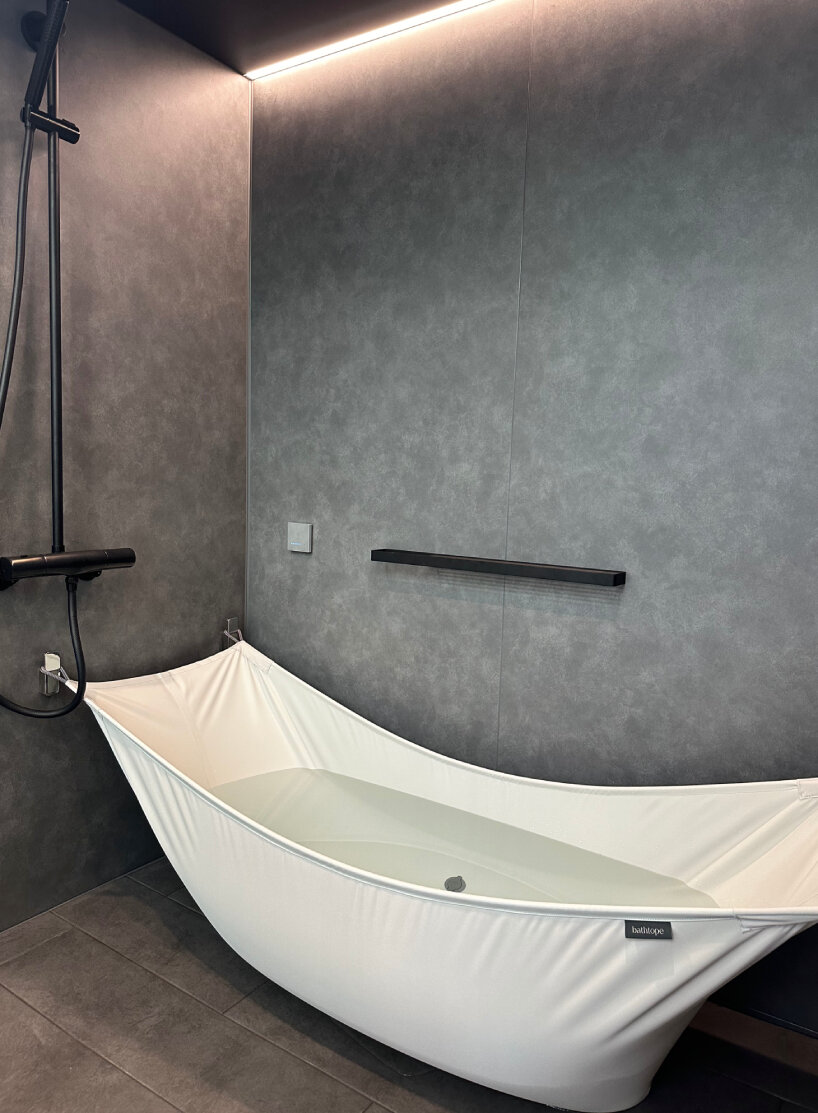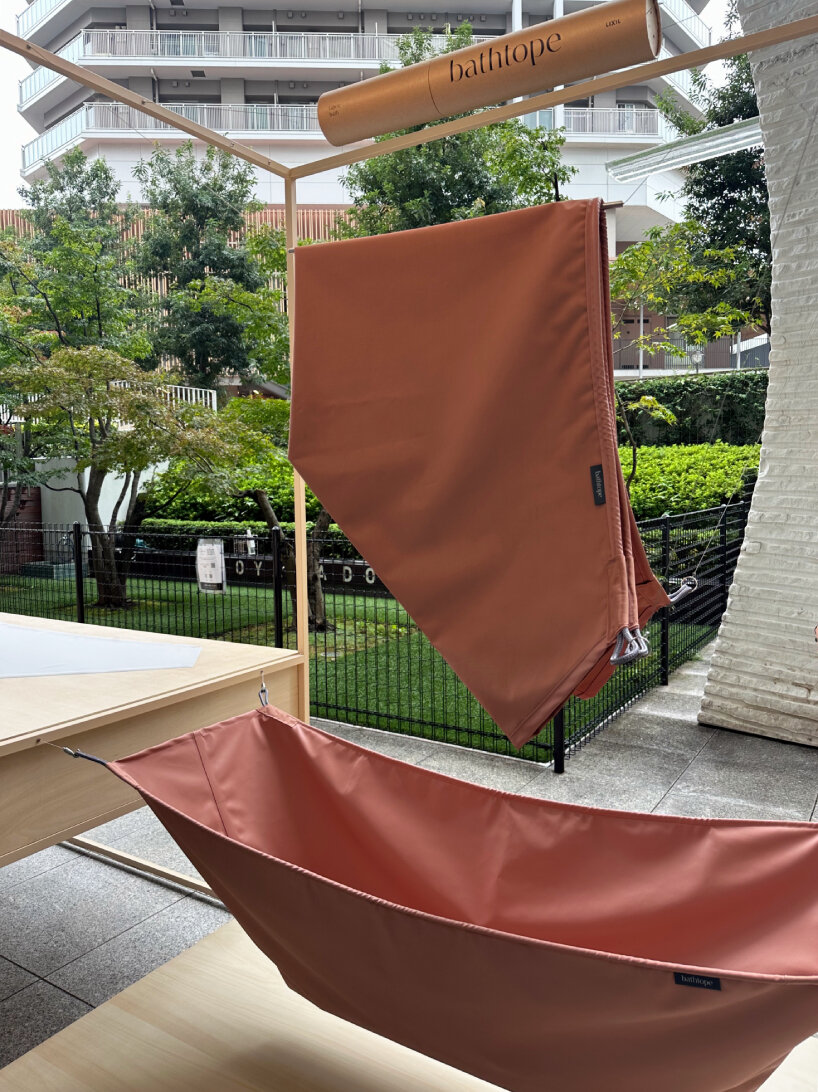The Zone of Interest (2023)
Yes, another entry on A24. I didn’t expect for this topic to continue as a series, but the indie studio keeps doing intriguing and unusual things that most studios wouldn’t try. I first dealt with A24 because I was interested in the phenomenon of “prestige horror.” It was one of the studio most associated with that sub-genre, releasing films by Alex Garland, Roger Eggers, and Ari Aster. I had already written about Eggers’ The Lighthouse, a prestige horror film, though at the time I was more interested in its style than in the company that released it. When Garland’s Men was widely panned by critics who didn’t make much effort to figure it out, I posted an entry defending it and trying to explain its mysteries.
Finally, I dealt with A24 as an “auteur” studio, working its way up with increasingly prestigious releases, with Oscar wins resulting from Everything Everywhere All at Once, The Whale, and The Zone of Interest. It continued to brand itself with an expanding online shop full of cool merchandise. It also expanded thanks to a $225,000,000 investment that boosted the company’s valuation to $2.5 billion.
Now, almost exactly two years later, A24 still expands at a surprising rate.
A billion here, a billion there
On June 26, 2024, Variety announced an even larger investment in A24:
Film and TV studio A24 has secured a new round of funding led by Josh Kushner’s investment firm Thrive Capital. […]
Financial details and exact figures were not disclosed by A24 and Thrive Capital, but sources confirm to Variety the investment from Thrive Capital gives it a valuation of about $3.5 billion—a 40% increased since A24’s most recent round of funding in 2022, which was $225 million at a $2.5 billion valuation.
That’s a pretty big jump for a relatively small company. It may squelch the commonly held ideas that A24 is looking to be sold or is in trouble as a result of making quirky money-losing auteur films like Men and Ari Aster’s Beau Is Afraid. Apparently that’s not enough to scare off a major investment company.
It doesn’t get mentioned much, but A24 also has a television unit which has produced, among others, Euphoria, Ramy, Beef, and The Sympathizer.
Whether the three directors who were at A24 when they made their prestige-horror films will work there again is unclear. Eggers switched to Universal for The Northman and Nosferatu–a prestige horror film if ever there was one. Aster is still with A24, despite the failure of Beau Is Afraid (the international gross of which is only slightly higher than Men‘s.) His western Eddington, now in post-production, is being made by A24.
Garland’s Civil War is now the studio’s second highest grosser, so he has had a genuine hit to follow up the failure of Men. As I mentioned in my entry on the film, just before it’s release Garland had been talking to the press about about giving up directing and going back to script-writing. His current project is the script for 28 Years Later, directed by Danny Boyle, also in post-production. This move may simply be because Garland and Boyle co-wrote the original 28 Days Later (2002, directed by Boyle). This, the third of the “28 Days Later trilogy,” is being made by Columbia, but so far there’s no indication whether Garland will return to directing, with A24 or not.
A24 is still making horror films, but it would seem that they are less essential to the company’s income than they once were. Speaking of which, just this morning I got an email message with a link to the trailer of The Legend of Ochi, which looks a bit like E.T. meets Gremlins.
Merching onward

I discussed A24’s branded merchandising in my previous entry. The company has forged ahead, starting a fan subscription group called AAA24. This get the member some tchotchkies and “exclusive merch, early access, zines, member pricing and more” according to the sign-up page. The member pricing is 10% off items purchased–no small consideration for the faithful A24 following.
Recent additions to the shop include crossword-puzzle books themed for TV and movie fans (above). These can be purchased separately or as a set.
I was pleasantly surprised to see an admirable book aimed at parents and children: Hey Kids, Watch This! Many of the recommendations are films we have DVDs and Blu-rays of sitting on our shelves. This two-page spread includes some films much beloved by David: The Young Girls of Rochefort, Linda Linda Linda, True Stories, and School of Rock. Alongside five American films (though hardly typical ones) are a Japanese and an Australian film, plus an American/Chinese co-production. Another double-page spread gives a quick introduction to Hayao Miyazaki and Ghibli films. Another spread recommends Zhang Yimou’s Hero and gives another quick introduction to the Wuxia genre. (David would have loved it.) Yet another introduces kids to Abbas Kiarostami! It’s not a children’s thin picture book but a solid 288 pages of recommendations, cartoons, and activities. I imagine kids from families who take the advice of this book may grow up to be the Criterion followers of tomorrow.
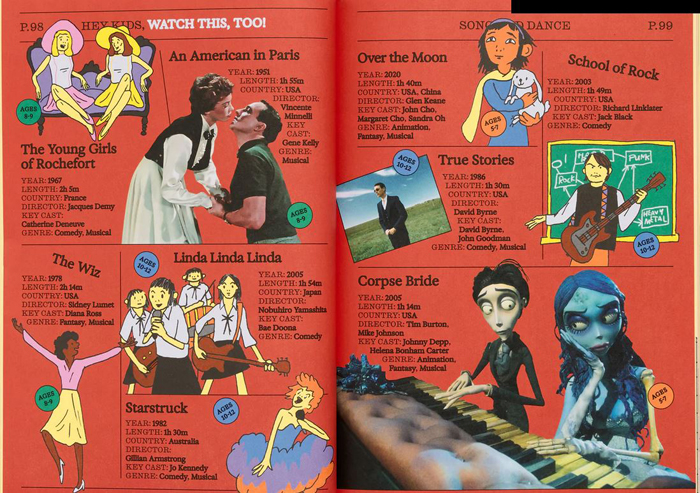
A24 fans who were disappointed when the Hot Dog Fingers sold out will be glad to know that they are back in stock.
Do It Themselves Blu-rays
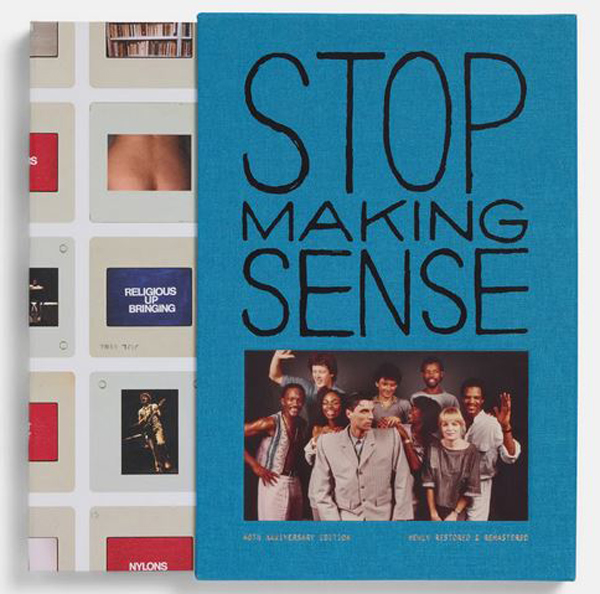
Among A24’s merchandise are the Blu-rays for some of its own films, sold directly through its online shop rather through outlets like Amazon. I mentioned the director’s cut version of Midsommar in my piece on prestige horror. The Lighthouse was released on Blu-ray through Lionsgate in early 2020. In the spring of 2023, however, A24 put out its own collector’s edition, with lots more extras and available only through their shop. Other collector’s editions available on the same basis are The Green Knight, Everything Everywhere All at Once, Stop Making Sense, and The Last Black Man in San Francisco.
Some A24 releases that are not collectors’ editions are also being released as Blu-rays by A24, again only through their online shop. I Saw the TV Glow and Marcel the Shell are not sold on Amazon.
Of particular interest to David and me was the release of The Zone of Interest. During his illness David was not able to see films in theaters, and I seldom had a chance to do so. We were unable to see The Zone of Interest until it became available on streaming February 20, 2024. It was the last new foreign film David saw before his death on February 29. I was glad that he was able to see it, since we agreed that it was one of the best films we had seen in years.
A24 released the Blu-ray exclusively through its shop (July 26). It has supplements, but not a lot. I wonder if it will become the first foreign film to get the “collector’s edition” treatment. Would the subtitles outweigh the Oscars it won?
It has been somewhat amusing to watch Amazon offering imported Blu-rays when they cannot get them from the domestic makers. (This is not confined to A24 by any means.) Love Lies Bleeding, available through A24, is represented by an Australian import on Amazon. As far as I can see, the only version of Showing Up available on Amazon is a French import, which may be dubbed. (Amazon does not always make it clear that films are dubbed or without subtitles in English or in a region code watchable on standard US players.) You can stream Showing Up if you have Paramount+. For a complete listing of A24’s Blu-ray releases, see here. The Zone of Interest can currently be purchased on Amazon in an imported Australian Blu-ray and a German one which may or may not have English subtitles.
A24 does not put out all of its films in this exclusive fashion. Alex Garland’s Civil War, the studio’s most expensive production to date and currently its second highest grosser after Everything, Everywhere, was again released through Lionsgate and is available on Amazon. I’m not checking every A24 title, but I assume most of their horror and other genre films are given ordinary releases. (Whether Civil War warrants being called an apocalyptic horror film is debatable. See bottom for a scene that might qualify it.)
Aiming for prestige

With Oscar nominations and wins, plus a lot more money, A24 has been continuing to acquire prestige films from this year’s festivals.
As the Venice International Film Festival began, A24 picked up the gay drama Queer (starring Daniel Craig and directed by Luca Guadagnino, who made Call Me By Your Name). It subsequently received a nine-minute ovation at its premiere screening. A24 has announced November 27 as the date for the film’s release.
The company also won in a bidding contest for The Brutalist, starring Adrian Brody, which won the Silver Lion (best directing) for Brady Corbet . It is scheduled for a December 20 release. A24 had already acquired distribution rights for the erotic thriller Babygirl, starring Nicole Kidman, before it played in competition at Venice; it will be released on December 25. (Its director, Halina Reijn, also made the horror film Bodies Bodies Bodies, distributed by A24 in 2022.)
This little flurry of late-year releases of festival films suggests that A24 thinks they are Oscar-bait, and they well may be. The company has a track record now. (Above, James Wilson and Jonathan Glazer with the best international film Oscar for The Zone of Interest.)
Whether A24 will remain the interesting studio that has inspired these blog entries is yet to be seen.

Civil War (2024)
Last Modified: Wednesday | October 16, 2024 @ 12:49  open printable version
open printable version
This entry was posted
on Wednesday | October 16, 2024 at 12:49 pm and is filed under Film comments.
Both comments and pings are currently closed.































